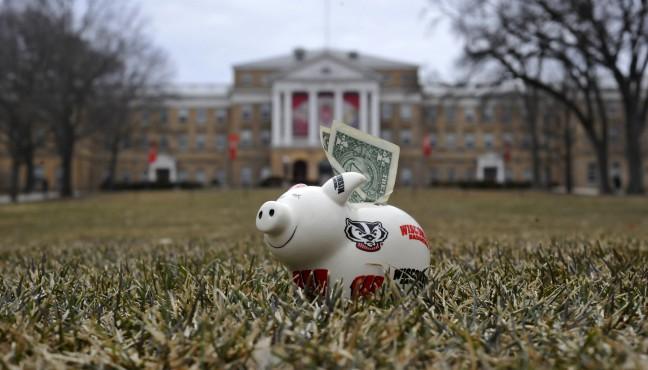Eight years after the birth of our nation, its father, and one of the greatest American leaders of all time, warned against forming political parties. Soon after, the two-party system was born, and with it began the partisan issues that have plagued the United States Government for years. Party loyalty is perhaps the most inconvenient of these hindrances and is undoubtedly the largest cause of political gridlock. Politicians would rather stick to a script written by the majority, than vote or create policy for what they truly believe, or for what their constituents desire.
The campaign and subsequent election of President Trump was a force neither side accurately prepared for, and its effects, of course, were not expected. Enter a leader who rarely stuck to any script, but rather an agenda entirely his own. Trump was a tornado that rearranged the political landscape, and people were drawn to his power like storm chasers. He said what he thought, plain and simple, which plenty of Americans related to.
But for a man who is known for speaking off the cuff, Trump clung to his teleprompter during an event in Harrisburg, Pennsylvania on October 11, which was meant for the president to sell his federal tax reform plan to the public. The president claims the plan was meant to benefit the middle class, rather than the wealthy elite. This liberal ideal starkly contrasts with Trump’s political platform and that of the Republican party. The president claims, “It’s a middle-class bill. That’s what we’re thinking of. That’s what I want. I’ve had rich friends of mine come up to me and say they don’t want it — give it to the middle class, give it to people who want to spend it. You would be surprised.”
What is actually surprising is that Trump’s new tax deal does the exact opposite of what he promised, both across the country and in the state of Wisconsin. According to the Institute for Taxation and Economic Policy, the top one percent of Wisconsin residents will receive 61 percent of the total tax cuts for the state, leaving modest breaks for the majority of Wisconsinites. Those who have incomes lower than $67,200 would receive a meager 13 percent of the tax breaks — these people make up the bottom 60 percent of taxpayers.
Although the reform will cause a $1.5 trillion reduction in federal revenue over the next 10 years, one out of eight Wisconsin residents will actually see an increase in taxes. In the words of Jon Peacock, the director of the Wisconsin Budget Project, “This tax plan is bad for Wisconsin and the country. A tax plan that mostly benefits millionaires and pays for it in part by taxing others should not be the starting point of our tax reform debate.” The incomes of most Americans are set to eventually decrease rather than increase in order to offset the costs of these tax cuts.
No matter what angle you look at it from, Trump’s tax reform does not fulfill the purpose the President outlined. But why? Despite all of the unpredictable or confusing moves President Trump has made these past eight months, what is the point of creating contradictory policy of such a large scale? The answer may lie on the the teleprompter Trump was reading from. For the first time in a long time, Trump read from the script the Republican Party wrote for him. The man who prides himself on being free from party loyalty, as a man of the people, clinging to classic GOP policy. The new tax reform is simply a white flag between Trump and the party that brought his rule to fruition.
Eight months after promising a border wall and the repeal of the Affordable Care Act, Trump cannot find the funding for the wall and Congress has failed at repealing and replacing ObamaCare for the fourth time. Igniting conflicts on Twitter with the National Football League, or various senators is no longer good enough to detract from Trump’s failed promises. This tax reform is proof that Trump only wins when it is written out for him.
Abby Steinberg (abigailsteinberg@outlook.com) is a freshman majoring in political science and intending to major in journalism.


